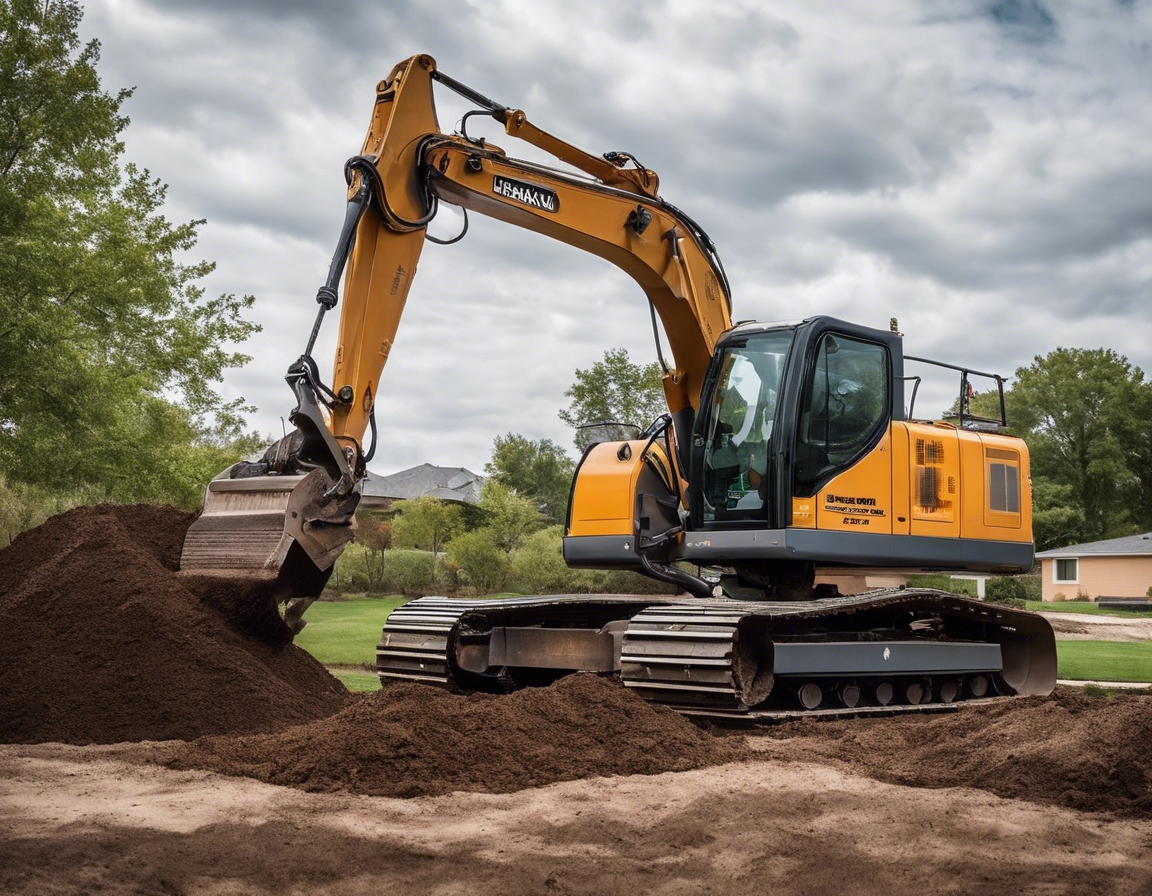Creating your dream landscape: a step-by-step guide
Landscaping is more than just planting a few flowers and calling it a day. It's an art form that combines nature with design to create an outdoor space that's both beautiful and functional. Whether you're looking to create a serene garden retreat or a lively entertainment area, understanding the basics of landscaping is the first step towards building your dream landscape.
A well-planned landscape not only enhances the beauty of your property but also adds value to it. It can provide a sense of tranquility, improve air quality, and create a space for you to relax and entertain guests. Moreover, a thoughtful landscape design can solve practical problems such as drainage issues or lack of privacy.
Step 1: Envisioning Your Dream Landscape
Before you dive into the design, take the time to assess your space. Consider the size, shape, and topography of your land. Think about how you want to use the space and what features are important to you. Do you need a play area for children, a vegetable garden, or a patio for entertaining?
What's your style? Are you drawn to the clean lines of a modern landscape or the wild beauty of a cottage garden? Your personal preferences will play a significant role in the overall design of your landscape. Collect inspiration from magazines, websites, and local gardens to help define your vision.
Step 2: Planning and Design
With a clear vision in mind, it's time to create a master plan. This plan should include a layout of your desired features, such as paths, plant beds, and structures. It's essential to consider the practical aspects, such as irrigation and lighting, during this stage.
Selecting the right plants and materials is crucial for the success of your landscape. Consider the climate, soil type, and sunlight exposure when choosing plants. For materials, think about durability, maintenance, and how they will complement your home's architecture.
Step 3: Preparing the Land
Before any planting begins, the land must be properly prepared. This may involve clearing debris, removing unwanted vegetation, and grading the land to ensure proper drainage and a level base for hardscaping elements.
Healthy soil is the foundation of a thriving garden. Soil preparation might include amending with organic matter, adjusting pH levels, and ensuring adequate drainage. This step is vital for the long-term health of your plants.
Step 4: Hardscaping Elements
Hardscaping elements such as patios, walkways, and retaining walls add structure and function to your landscape. These features should be planned and installed before planting to avoid disturbing your newly planted areas.
Water features and lighting can transform your landscape, creating focal points and enhancing the ambiance of your outdoor space. Consider incorporating these elements into your design for added interest and functionality.
Step 5: Planting
Now it's time for the fun part – planting. Choose a mix of trees, shrubs, and flowers that will provide year-round interest and suit the conditions of your site. Proper planting techniques will ensure that your plants get a good start in their new home.
A lush, green lawn is a staple of many landscapes. Whether you're sowing seed or laying sod, proper installation and ongoing maintenance are key to a healthy lawn.
Step 6: Ongoing Maintenance and Upkeep
Creating your dream landscape is just the beginning. Regular maintenance, including watering, pruning, and fertilizing, is necessary to keep your landscape looking its best.
As the seasons change, so will the needs of your landscape. Seasonal adjustments such as mulching, aeration, and overseeding can help your landscape thrive throughout the year. Additionally, as your tastes and needs evolve, consider making upgrades to your landscape to keep it feeling fresh and current.






Comments (0)